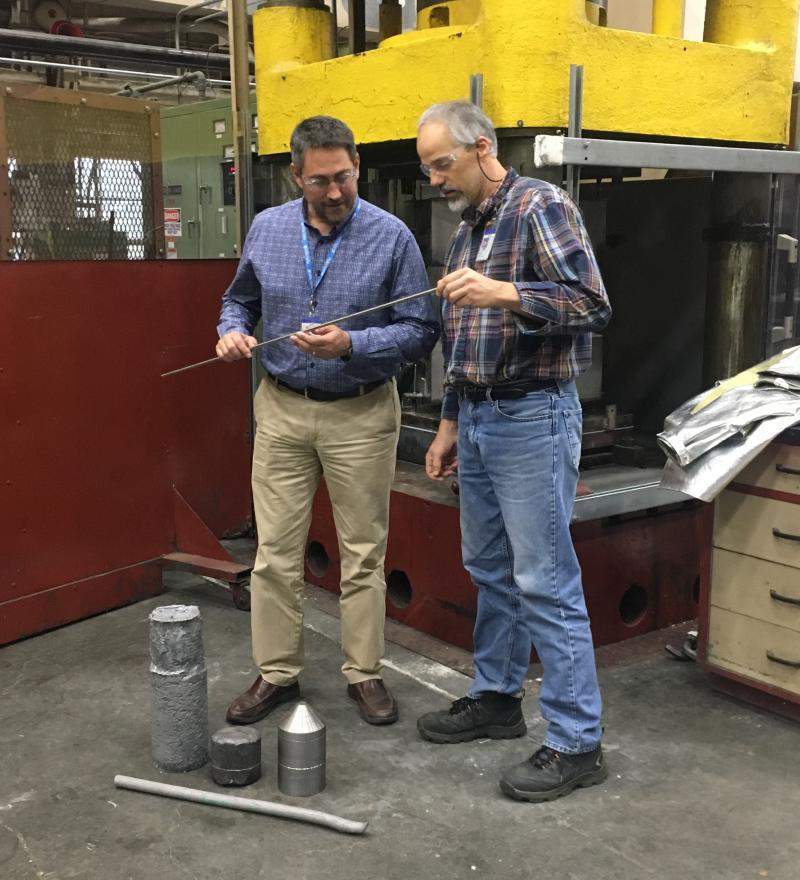GE has secured a $33.7m project from the US Department of Energy (DOE) to continue development of advanced fuel rod technologies that have improved performance during normal and accident conditions.

Image: GE secures US DOE project to improve resilience of nuclear reactor fuel. Photo courtesy of General Electric.
The objective of the two-and-a-half-year project is to develop new fuel rods that could be commercially deployed and set new standards in plant safety.
An inter-disciplinary team of scientists and engineers from GE’s Global Research Center in Niskayuna, New York, will lead the project.
The center has been working with Global Nuclear Fuel, a GE-led joint venture, National Labs and the Department of Energy on IronClad – an alternative material solution for fuel rods, which is more durable to extreme conditions.
GE Global Research technical operations leader in metals Evan Dolley said: “Today, nuclear plants already set the highest bar for safety, durability and reliability.
“Our project aims to raise the bar even higher by developing alternative fuel rods that are even more resistant and could endure the loss of active cooling in a reactor core much longer than current fuel.”
The project team is also pulling technical expertise from its Aviation and Additive businesses. Ceramic matrix composites (CMCs) – high temperature materials used in commercial jet engines to improve efficiency and performance – are being applied to develop the channel boxes that surround the fuel rods.
As part of the project, additional test fuel rods of GNF’s ARMOR coated cladding solution will be deployed in the same reactor as the Ironclad test segments.
Furthermore, the team is developing additive technologies to quickly fabricate 3D metal end caps for prototyping the fuel rod designs.
Dolley said: “With the integration of nuclear-grade CMCs, we can exploit the higher heat properties of ceramics to build an even more resilient system. And the use of additive is designed to enable a more rapid response if spare parts are needed for other reactor components.”
The fuel rod and related components will be developed in partnership with the Los Alamos, Oak Ridge and Idaho National Labs, and Global Nuclear Fuels, Exelon and Southern Nuclear are conducting field studies.
